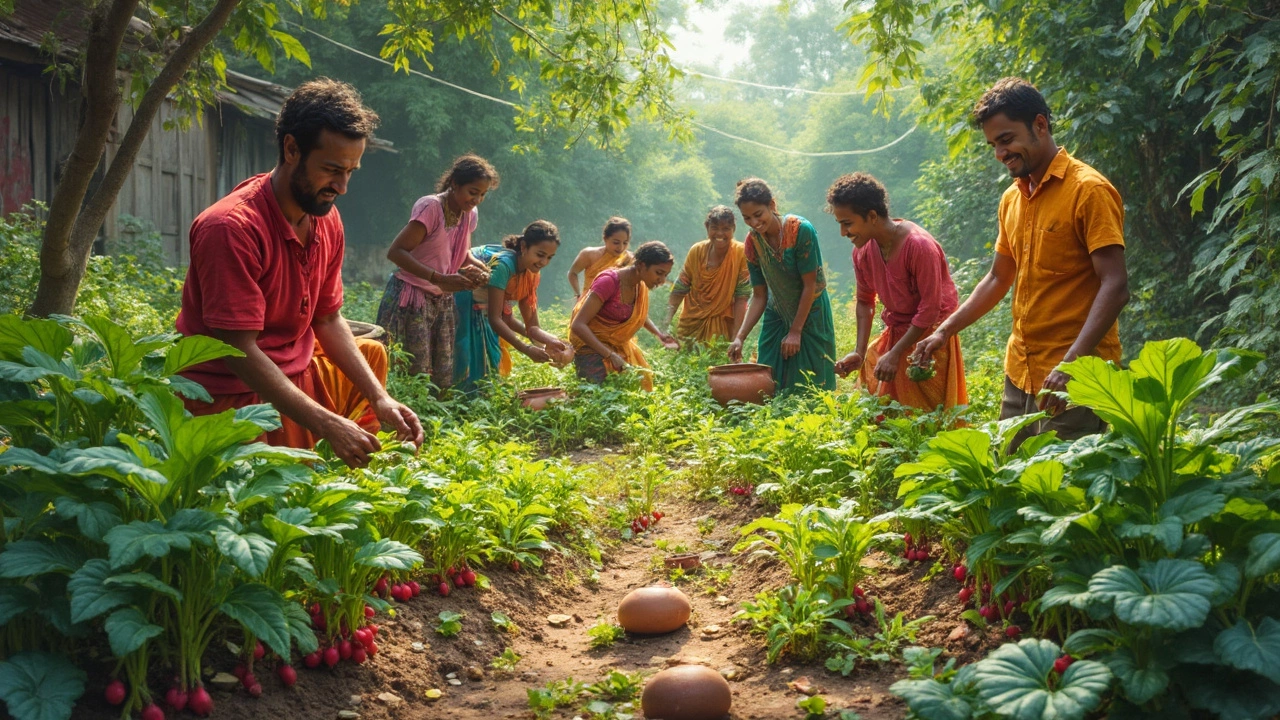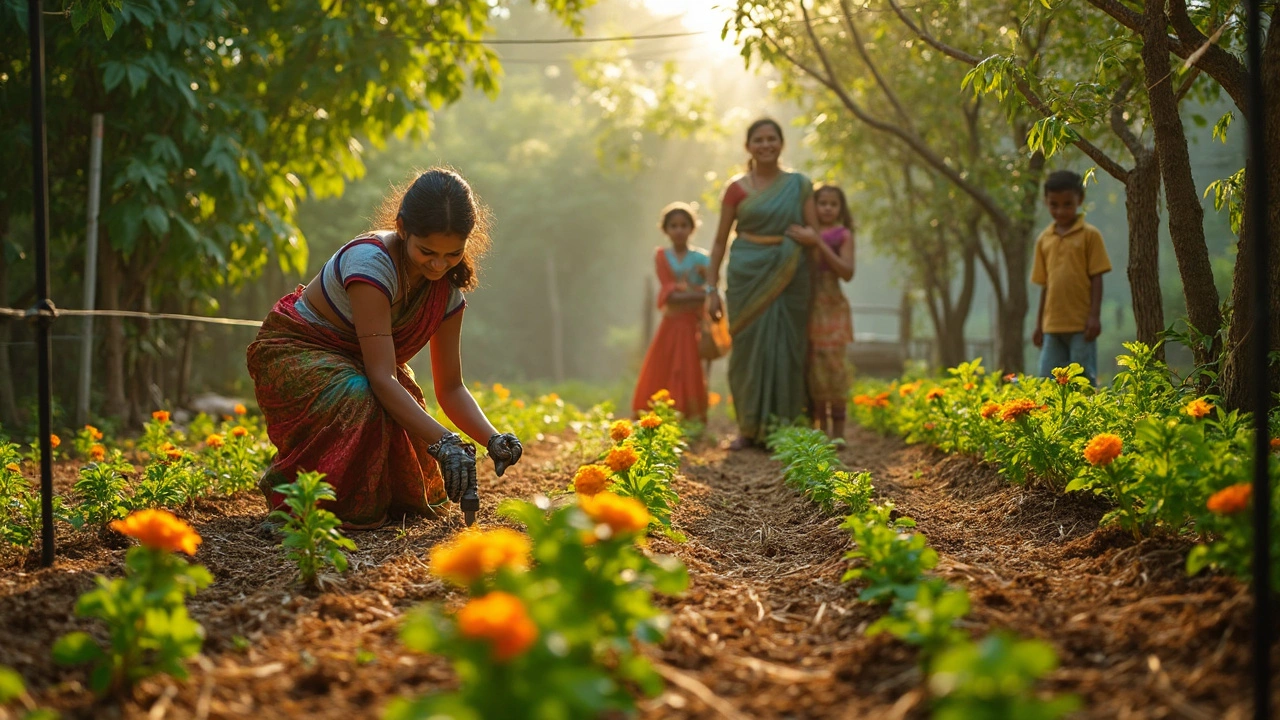Kitchen Garden: Growing Fresh Food at Home
When working with Kitchen Garden, a compact space that produces herbs, veggies, and fruits for everyday meals. Also known as home kitchen garden, it bridges indoor cooking and outdoor growing. A kitchen garden often includes Container Garden, plants grown in pots, bags, or recycled containers to save space and control soil, relies on No‑Till Gardening, a method that leaves soil undisturbed to preserve structure and microbes, and can benefit from Drip Irrigation, a low‑flow system that delivers water directly to the root zone. These practices together create a sustainable loop: the garden encompasses container setups, requires efficient watering, and improves soil health through no‑till methods. Understanding each piece helps you design a space that feeds your plate and your planet.
Key Elements for a Thriving Kitchen Garden
Effective watering starts with knowing kitchen garden moisture needs. Test the soil daily: stick a finger a couple of inches deep, if it feels dry, it’s time to water. Over‑watering is a common mistake, especially in containers where excess water drains quickly and can leach nutrients. Pairing a simple Soil Moisture Test, a quick finger or tool check to gauge water content with a drip schedule prevents waste and keeps roots happy. When the soil does get hard or crack, re‑hydrating it is easy—mix water with a handful of organic compost and work it gently into the top layer; this restores structure and encourages microbial activity.
Choosing the right plants speeds up success. Some flowers are practically indestructible and add color while attracting pollinators. The Easiest Flowers, like marigold, zinnia, and nasturtium, thrive on minimal care and can coexist with edible crops. Planting them alongside herbs creates a mini‑ecosystem that reduces pests naturally. Meanwhile, using mulch under drip lines cuts evaporation and keeps the soil temperature stable—perfect for no‑till beds that rely on surface cover. Mulch also provides a slow‑release source of organic matter, feeding the soil as it breaks down.
By now you’ve seen how container choices, watering tech, soil tricks, and plant picks interlock to form a resilient kitchen garden. Below, you’ll find articles that dig deeper into each topic—daily watering myths, drip‑irrigation step‑by‑step guides, no‑till benefits, and starter flower lists. Dive in to turn your kitchen garden from a simple hobby into a reliable source of fresh food.
Which Vegetable Grow Fast in India? Quick Picks for Your Kitchen Garden
Indian gardeners, both new and experienced, are always searching for vegetables that grow at lightning speed. This article lists the quickest vegetables you can grow in India's climate, perfect for anyone who wants fast results. You'll also learn practical tips and surprising tricks for bigger, faster harvests. Get ready to enjoy homegrown food without waiting for months. Discover which veggies go from seed to plate in record time.
- manufacturing
- India
- food processing
- garden tips
- rice cultivation
- government schemes
- balcony garden
- urban gardening
- balcony gardening
- profitable business
- business ideas
- plastic manufacturing
- drip irrigation
- plant care
- steel manufacturing
- sustainable gardening
- startup ideas
- steel industry
- flower gardening
- textile manufacturers






